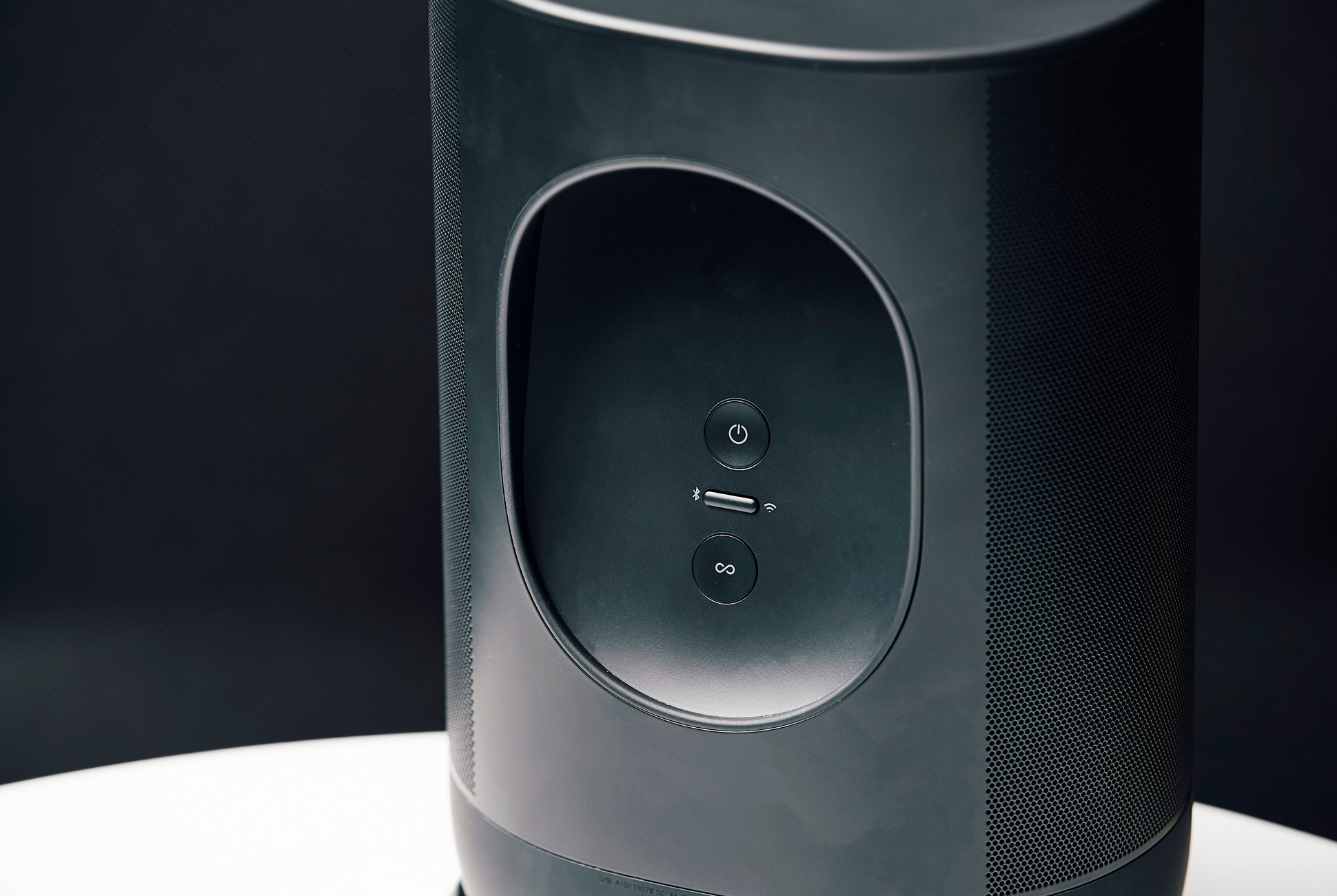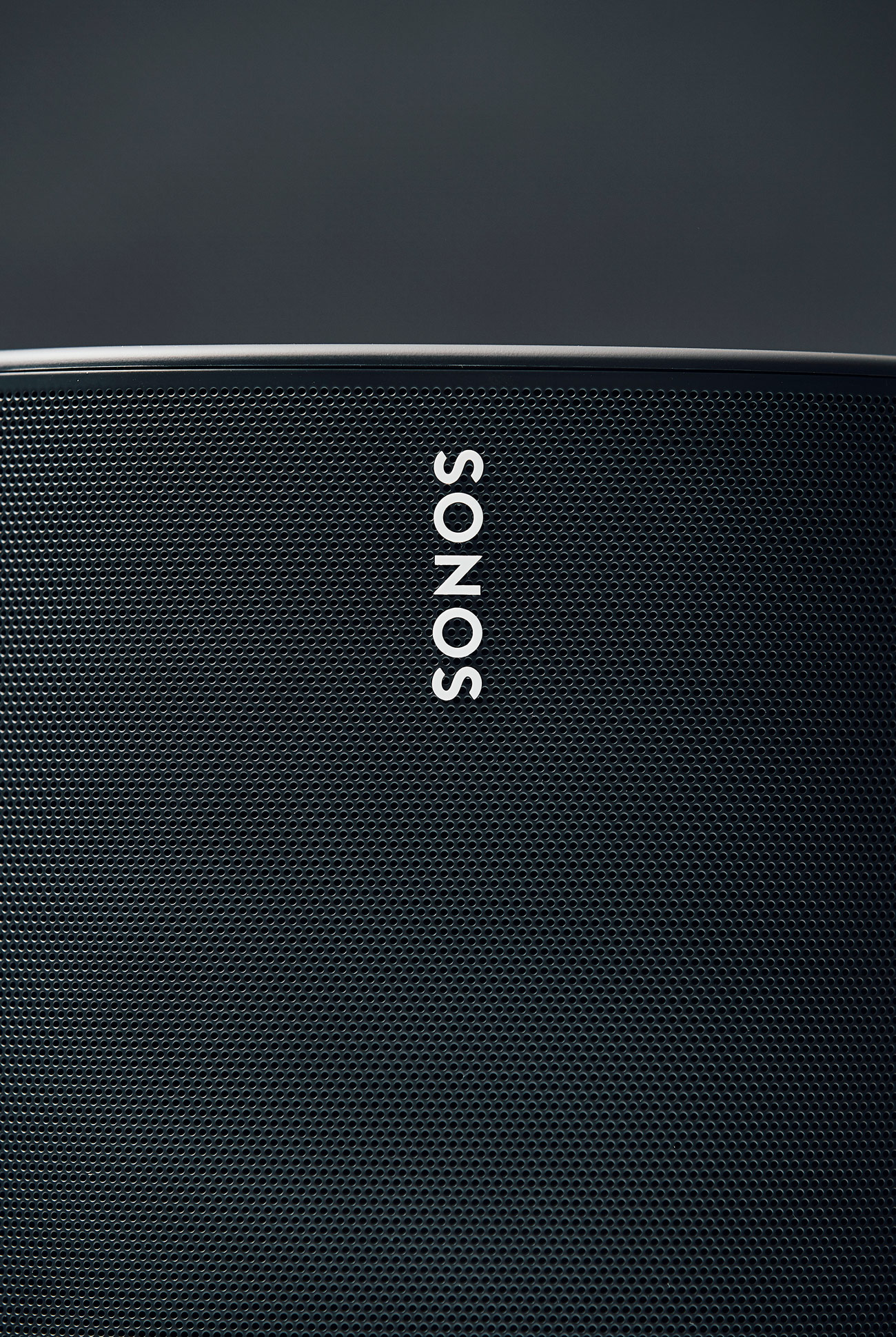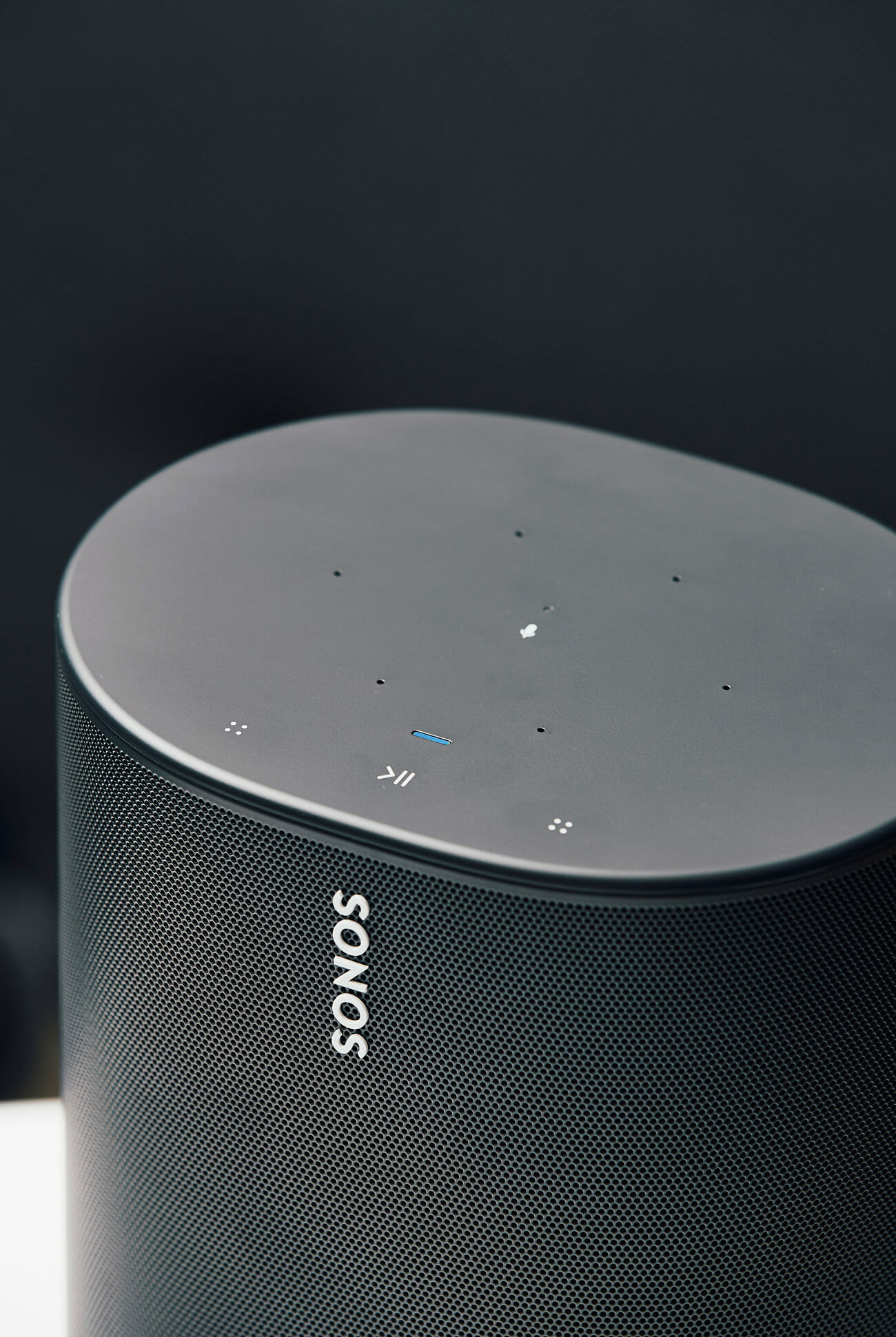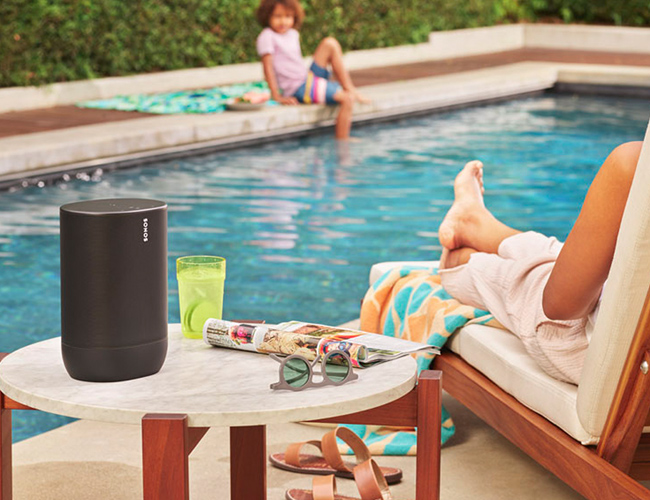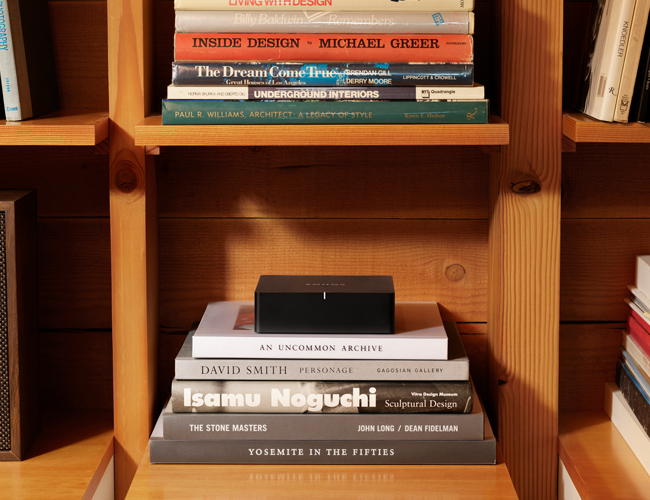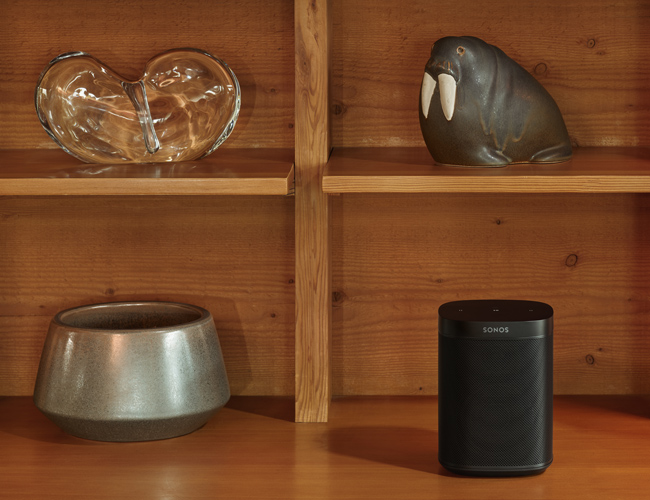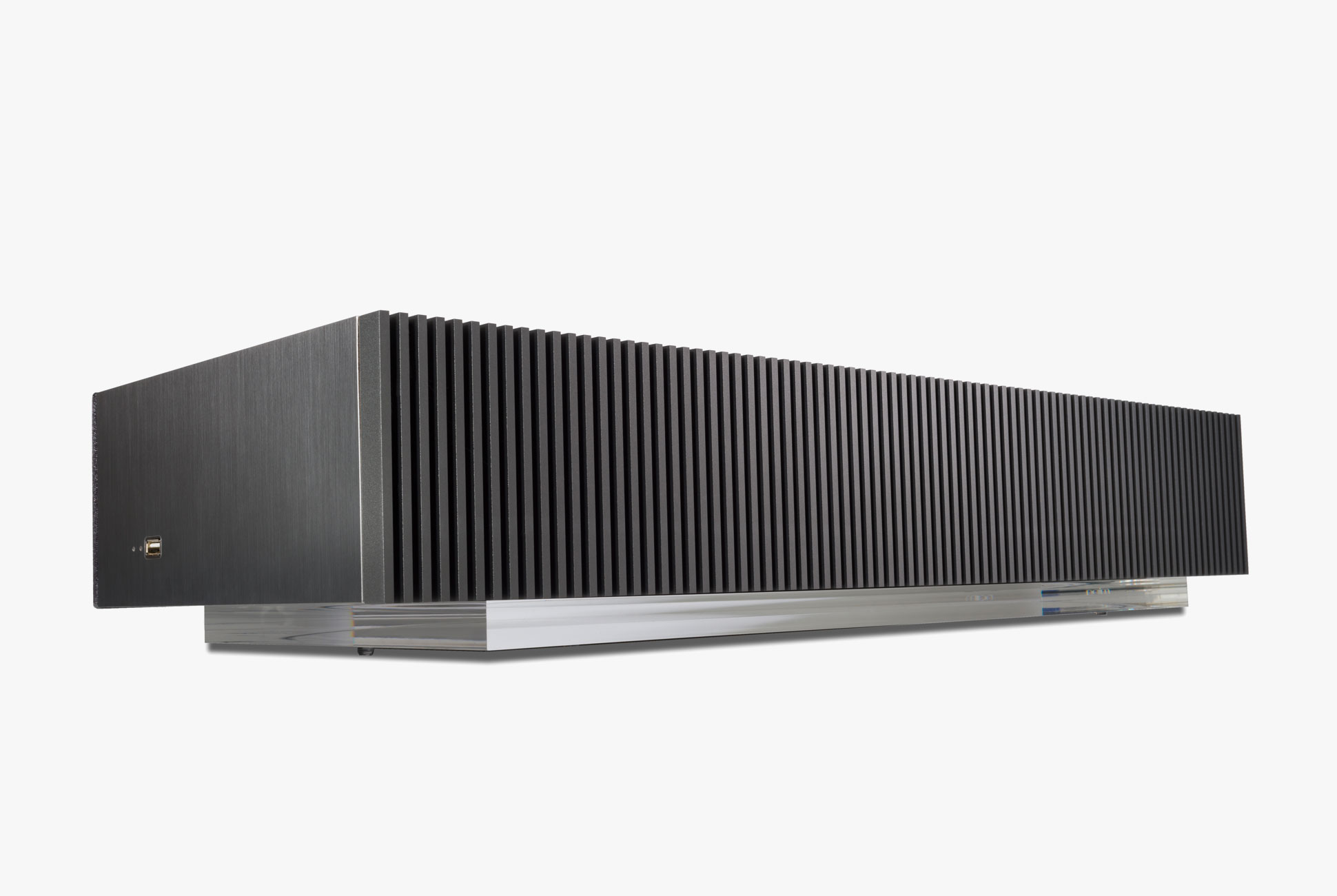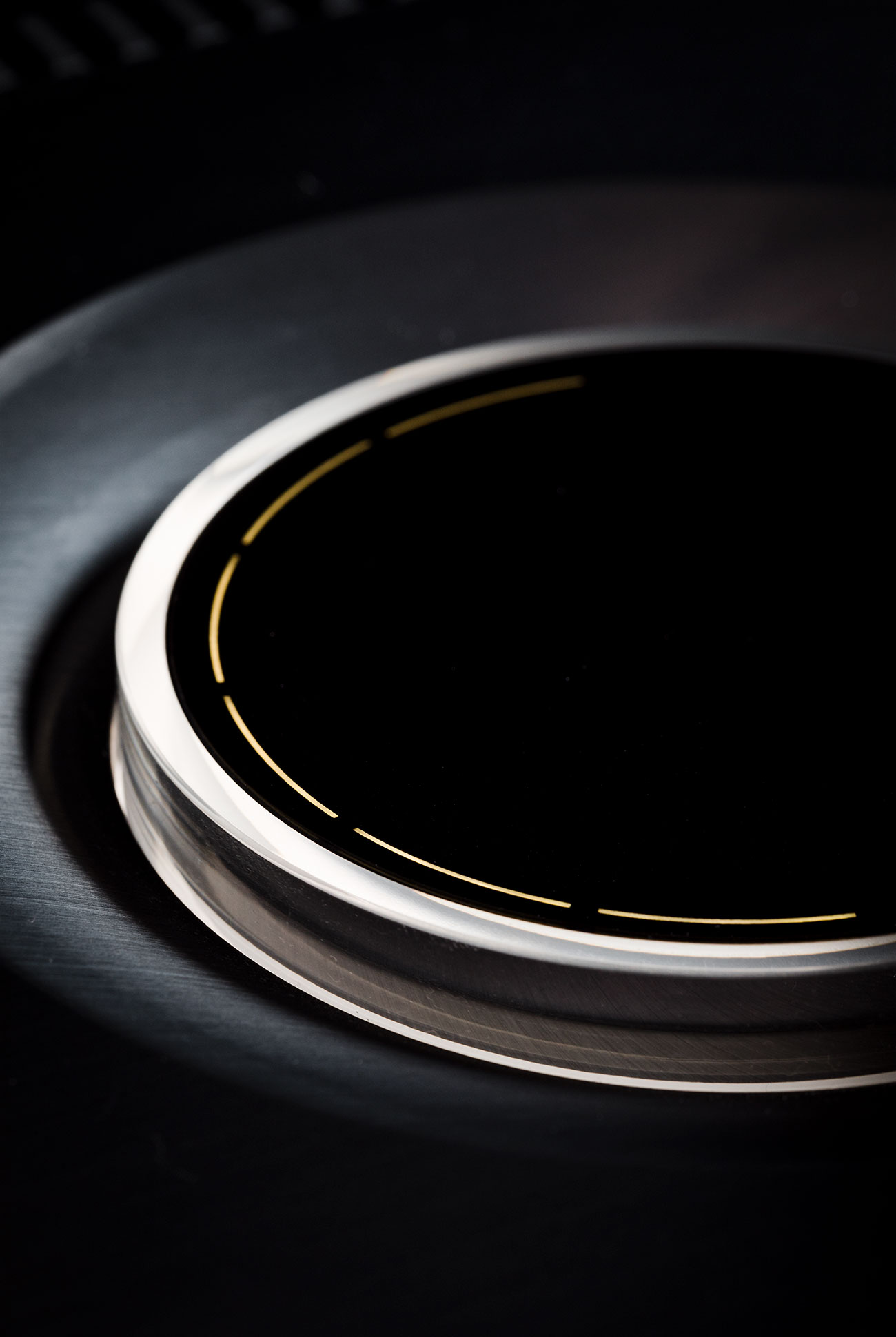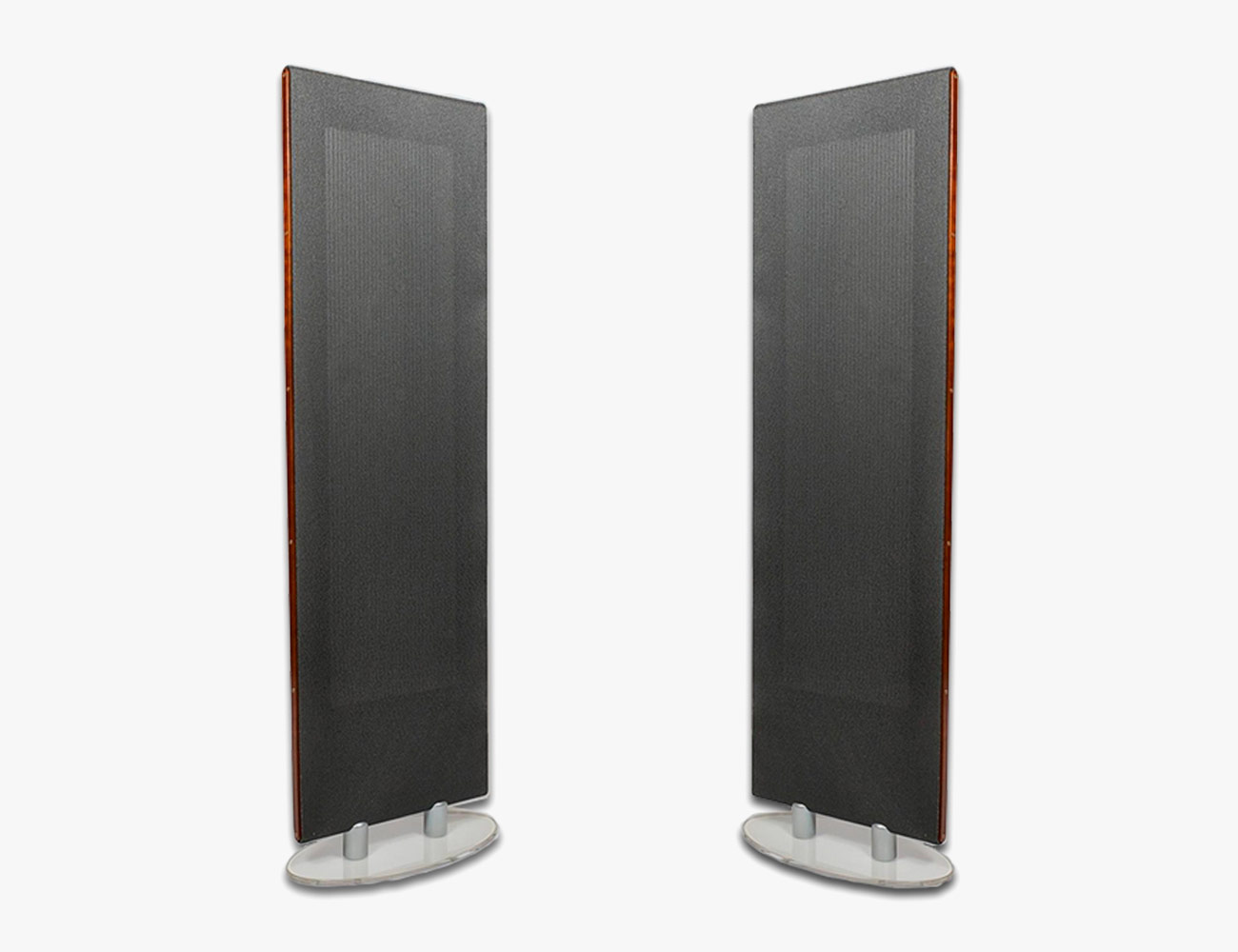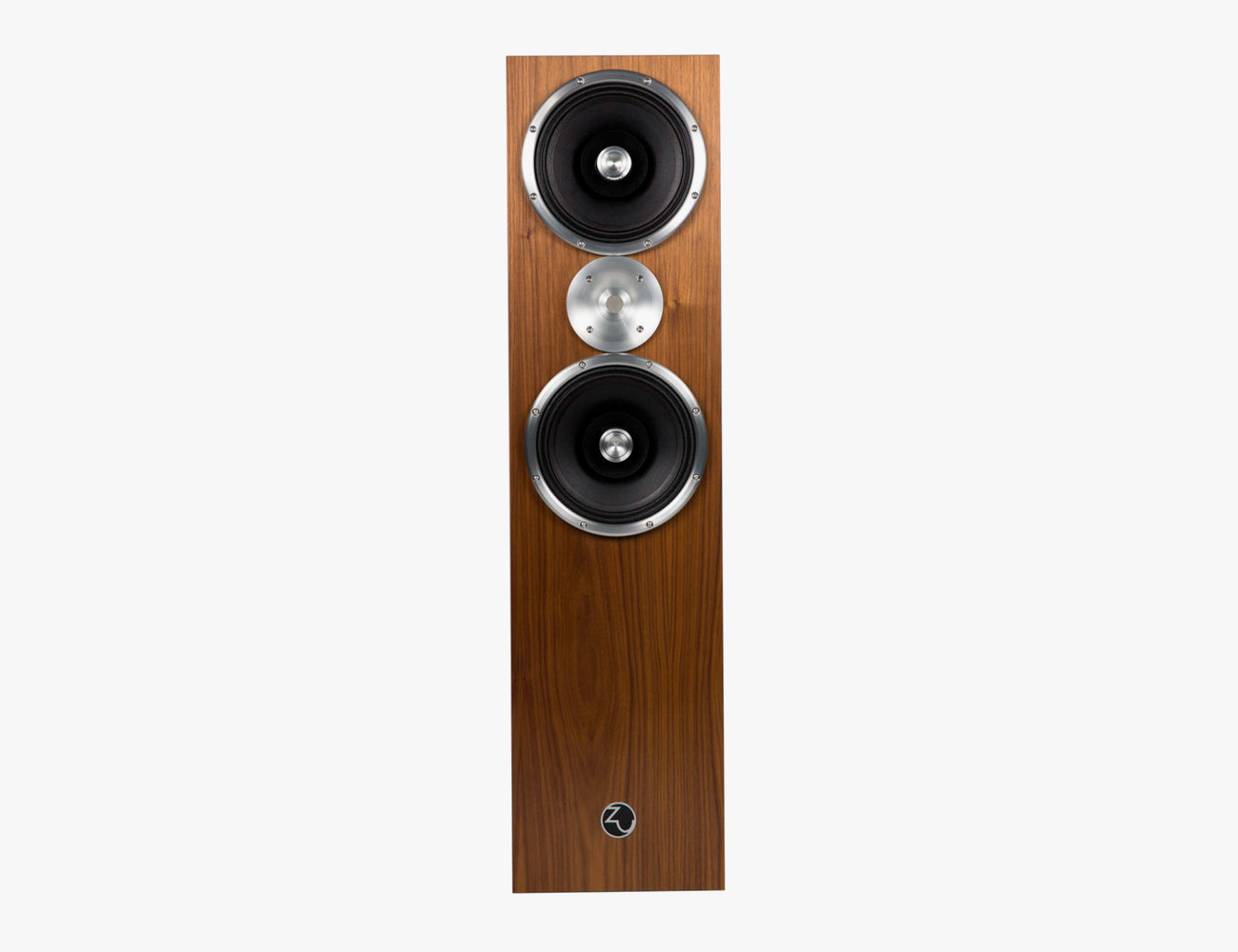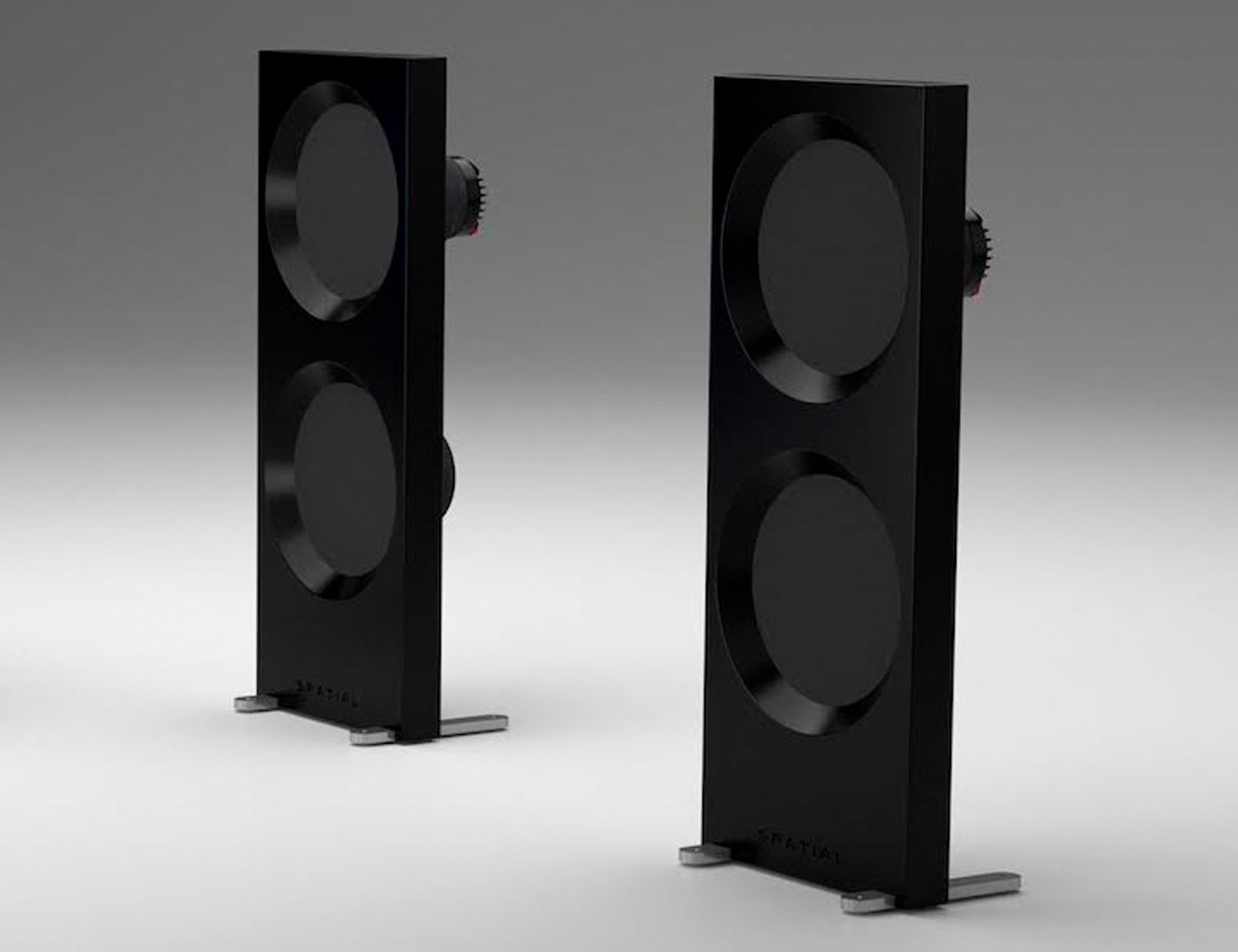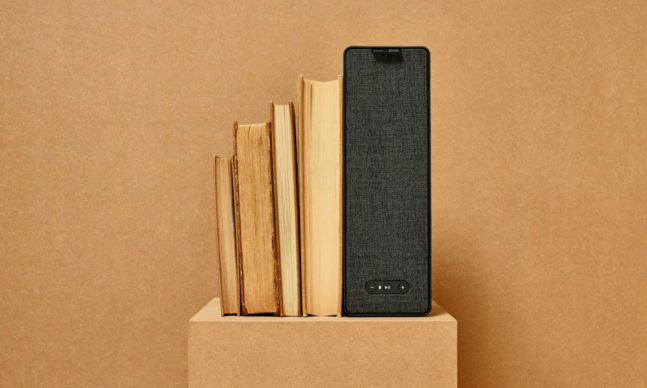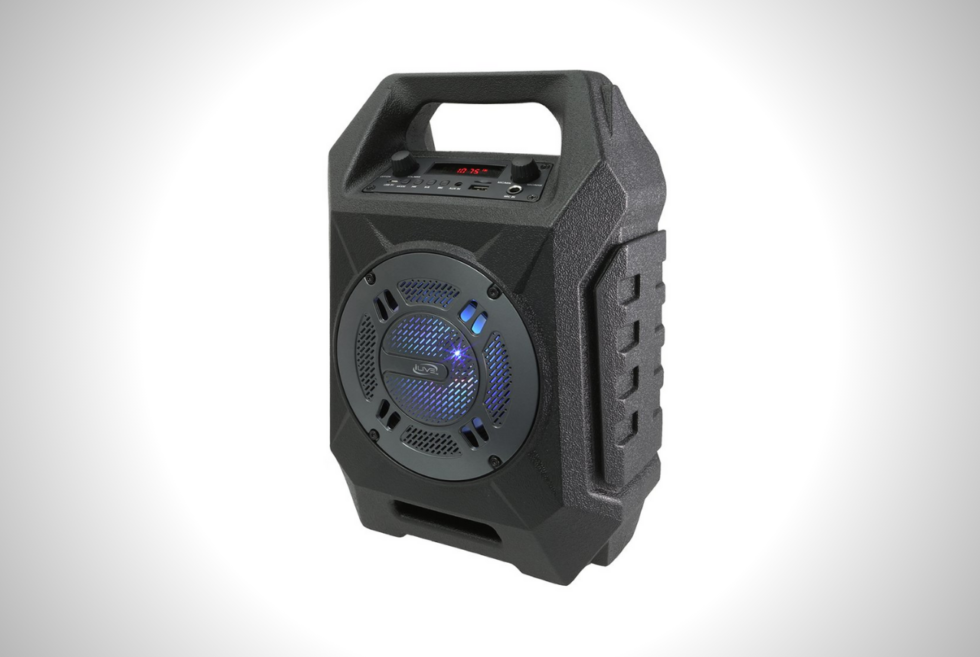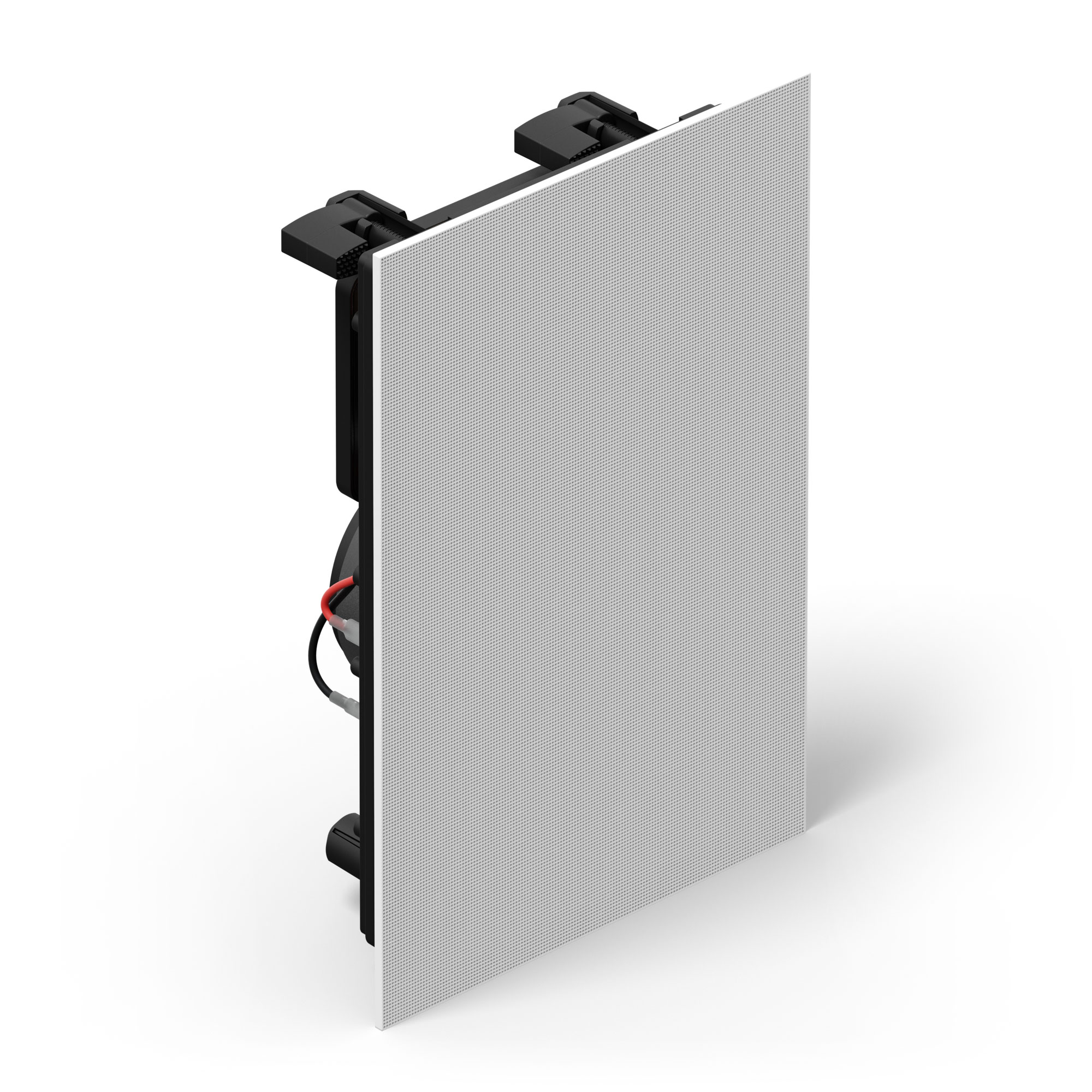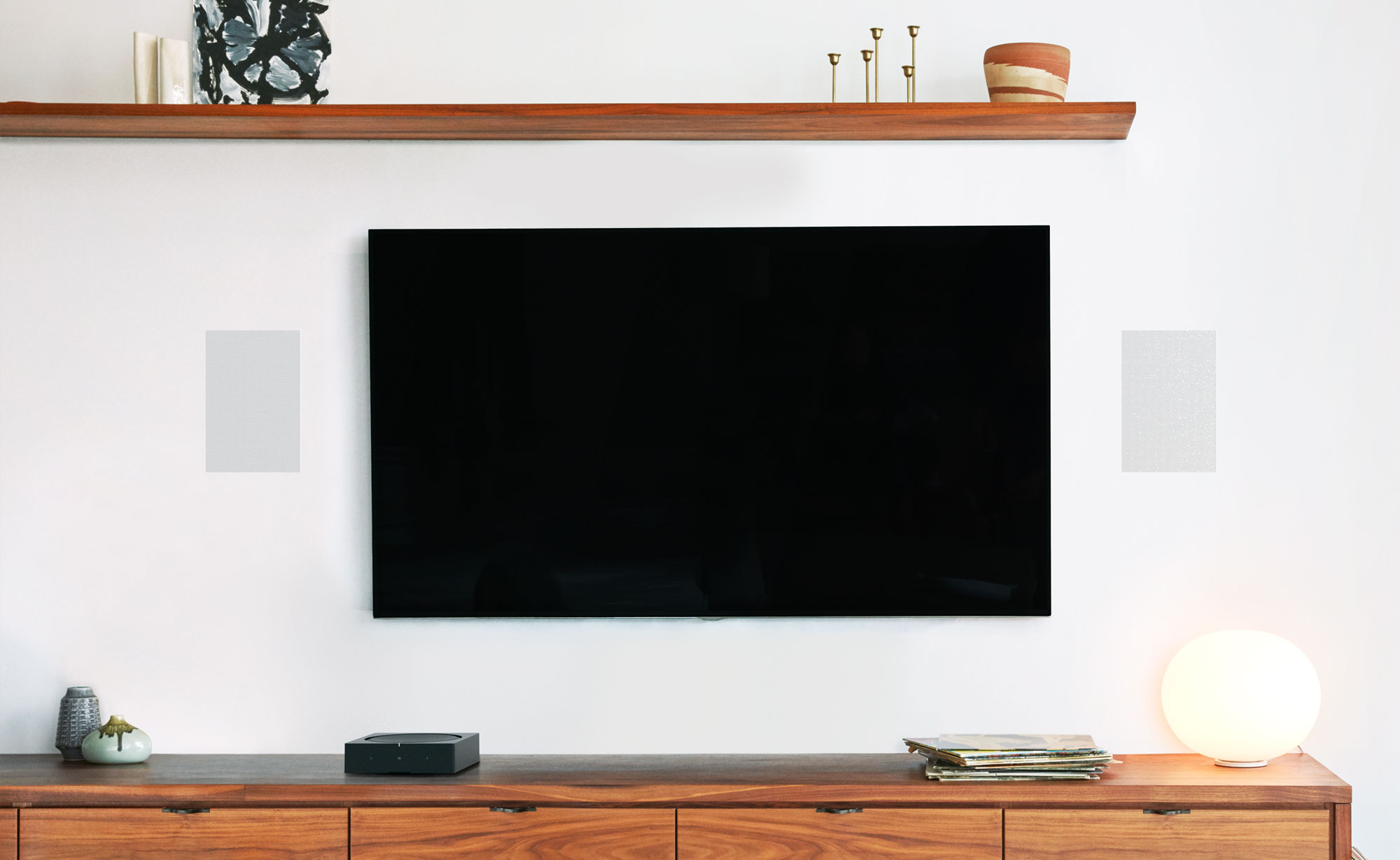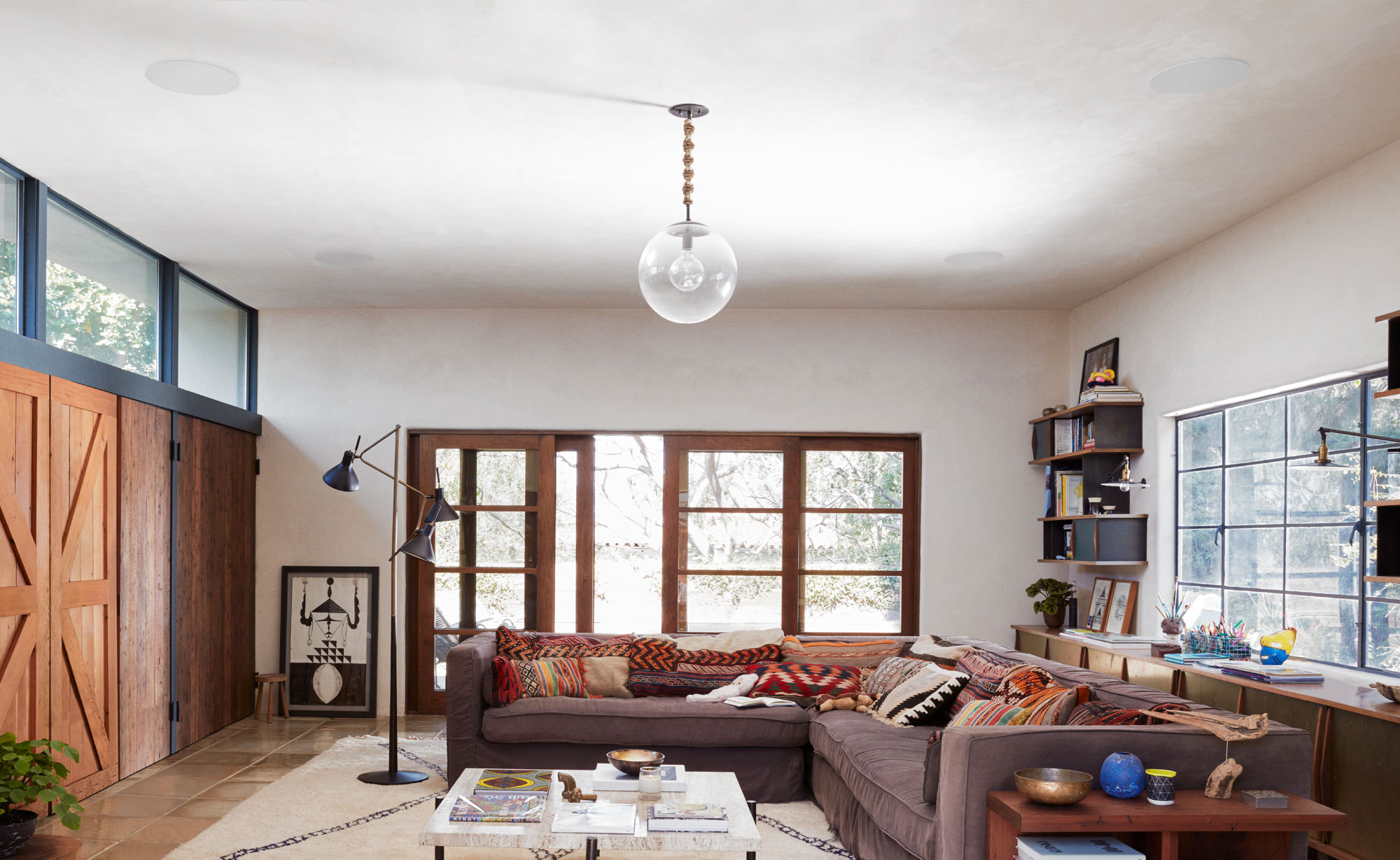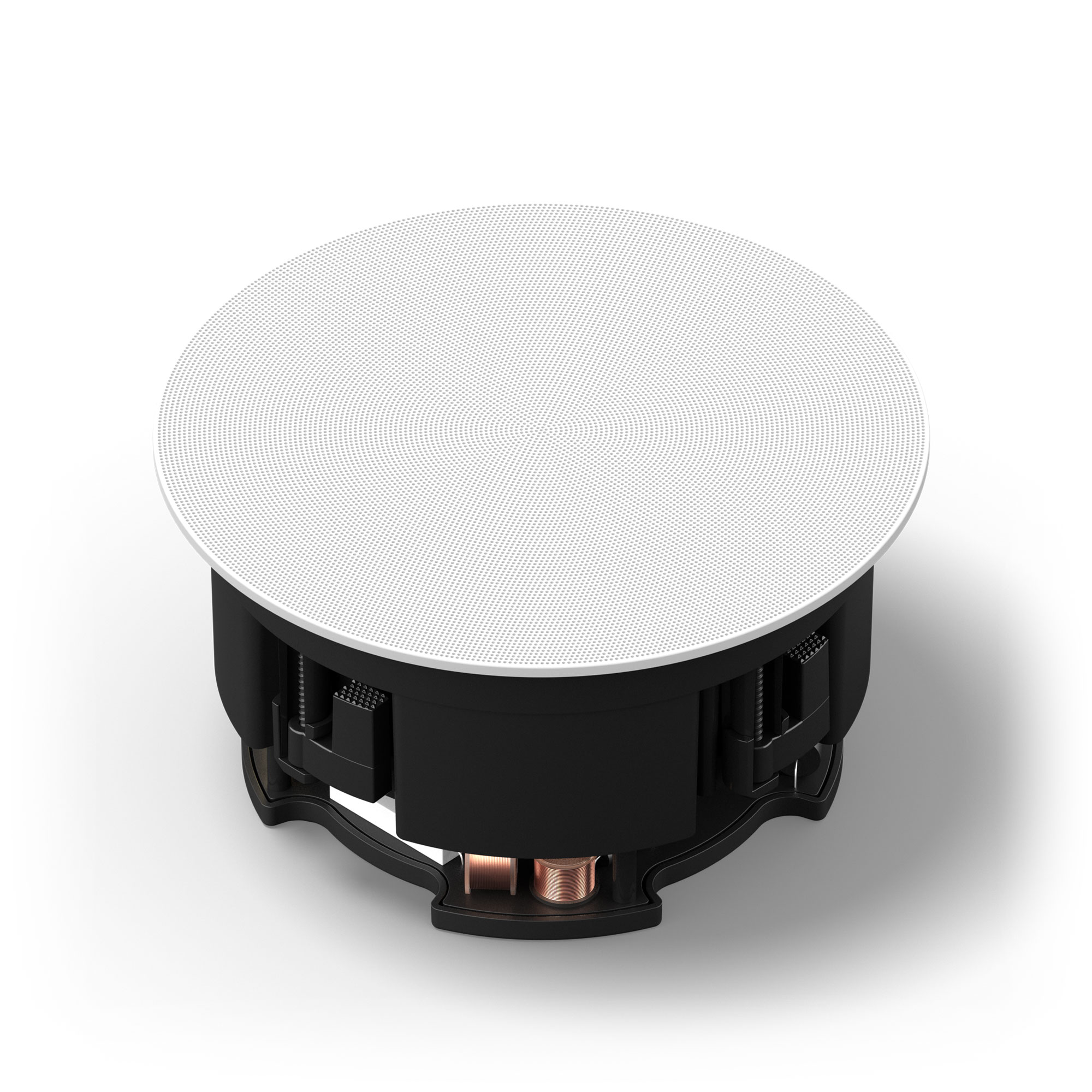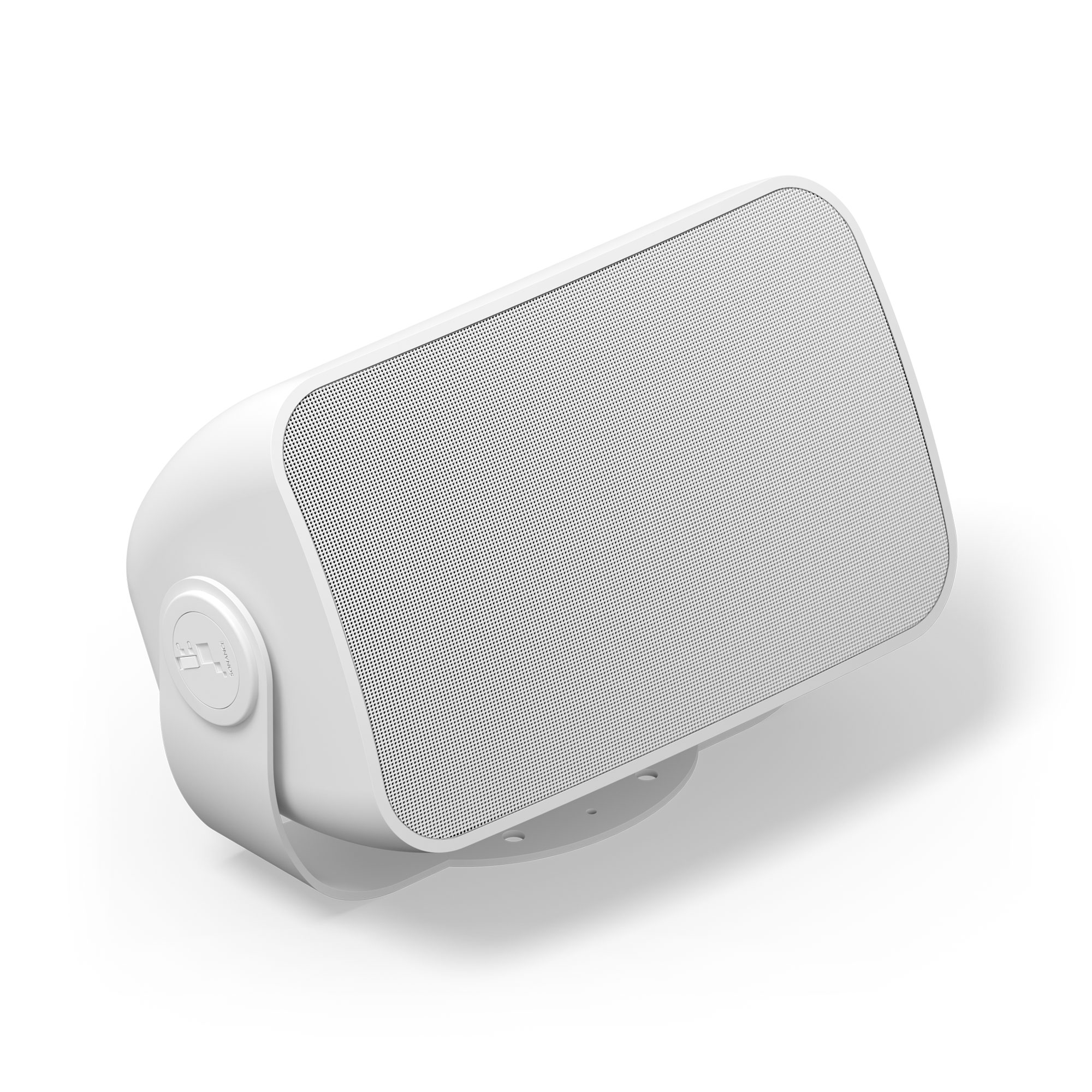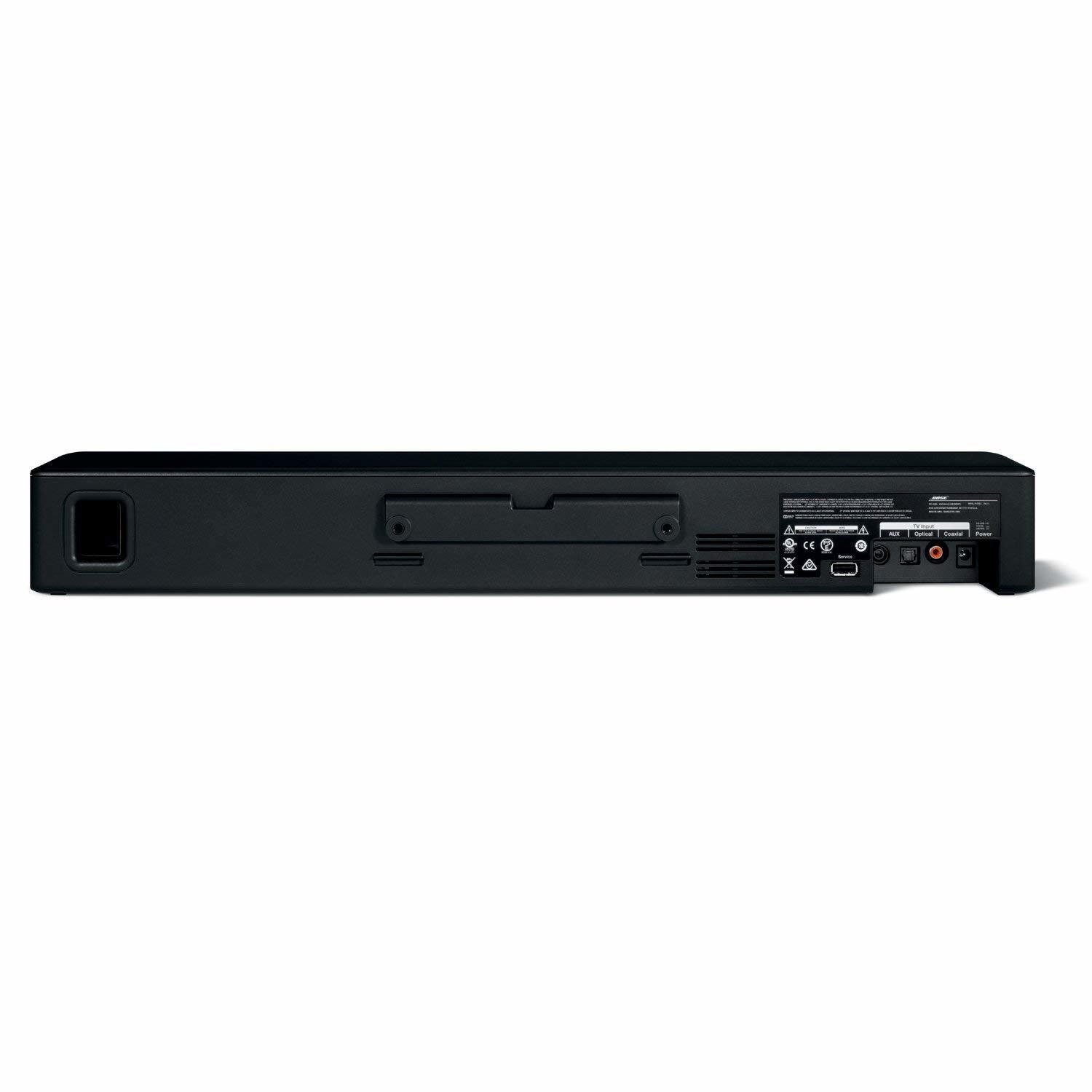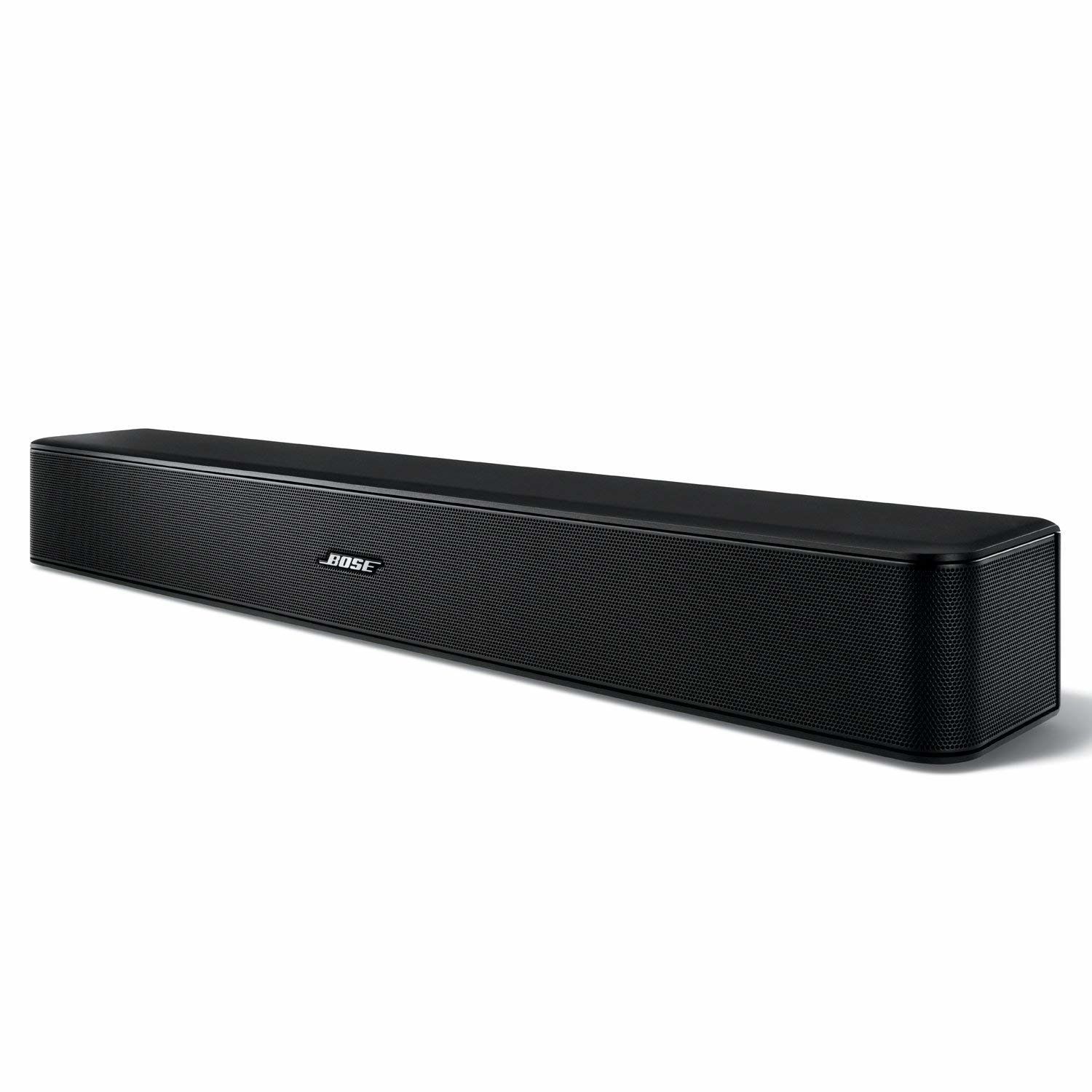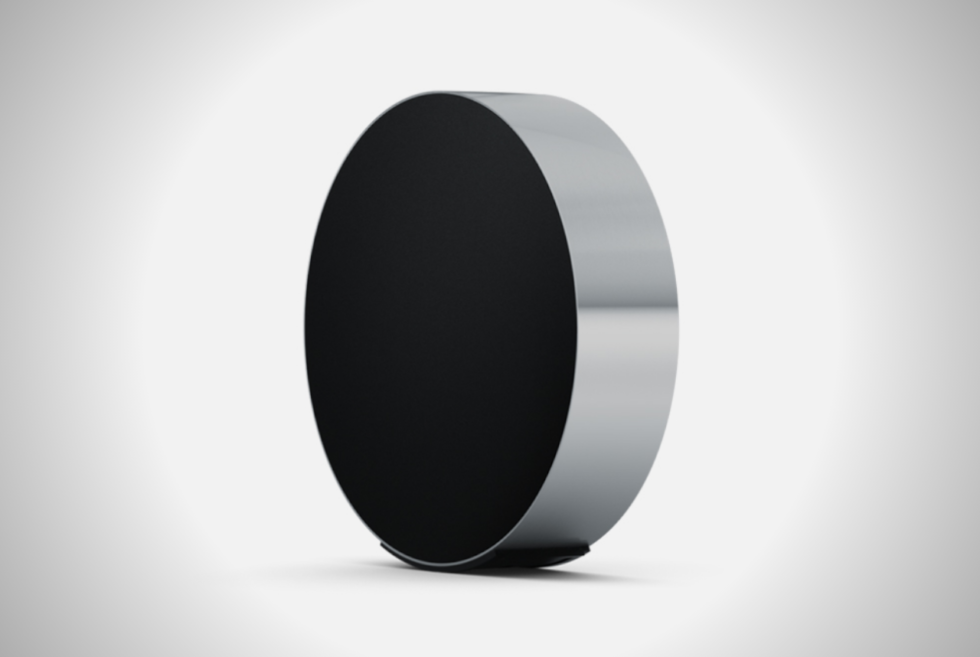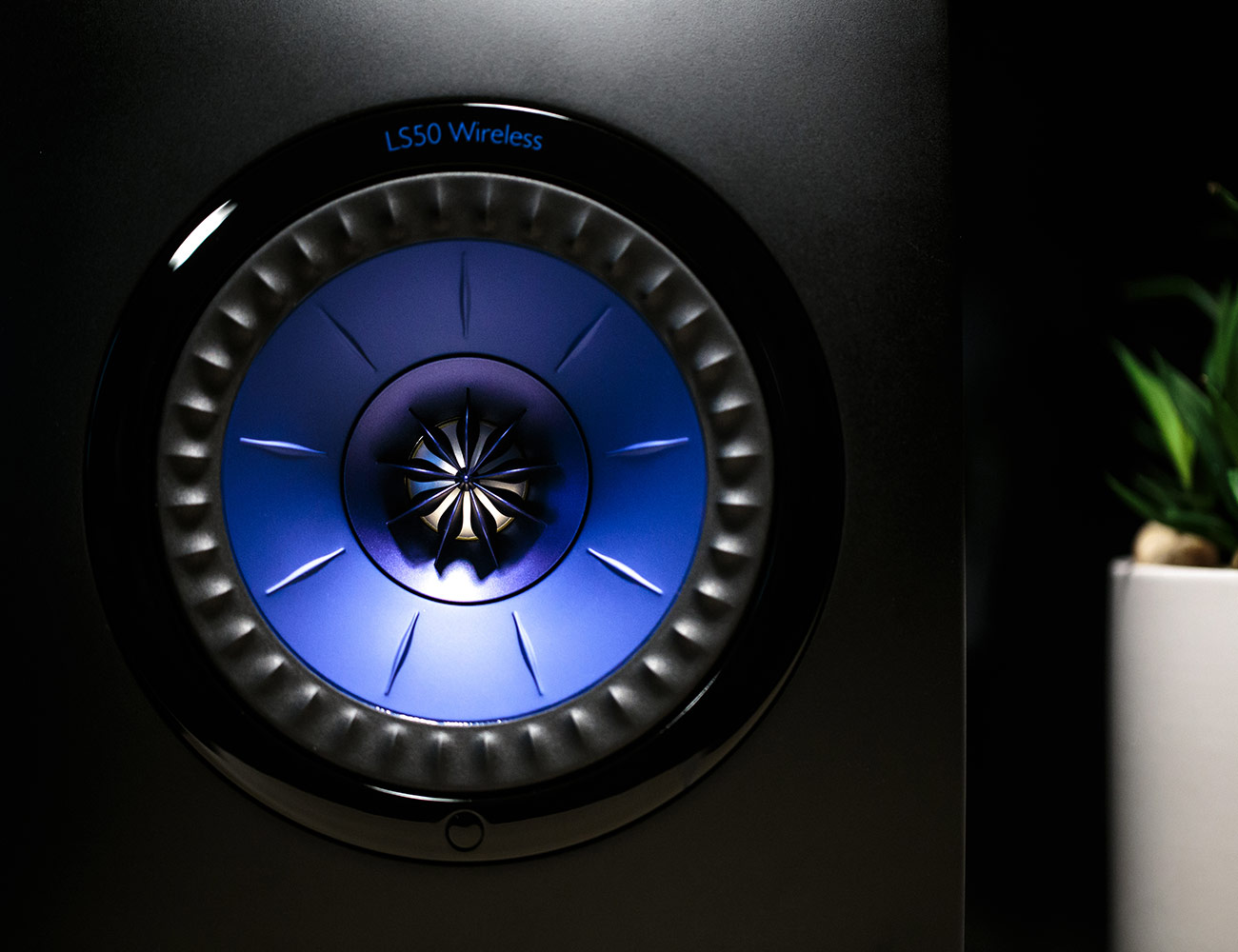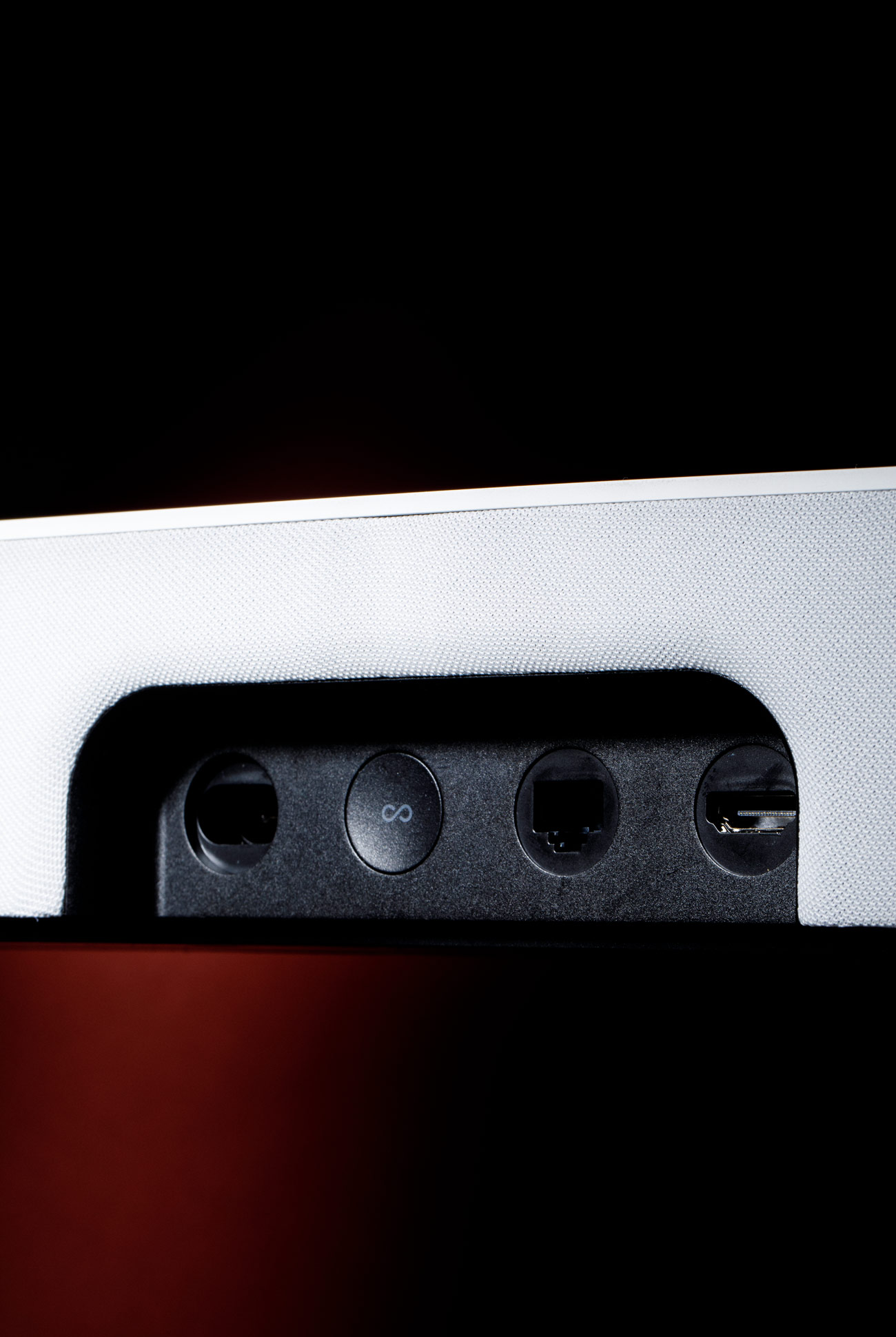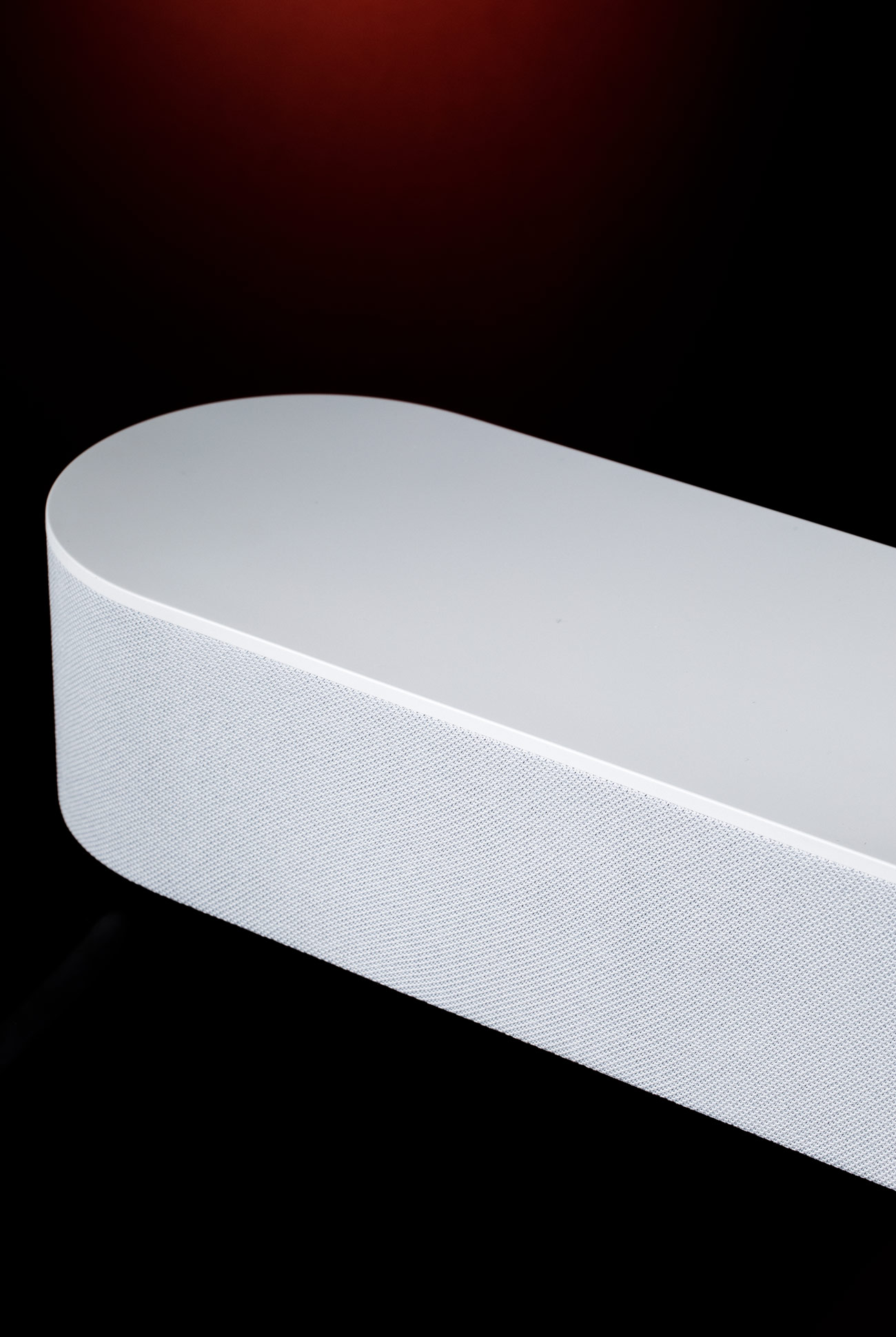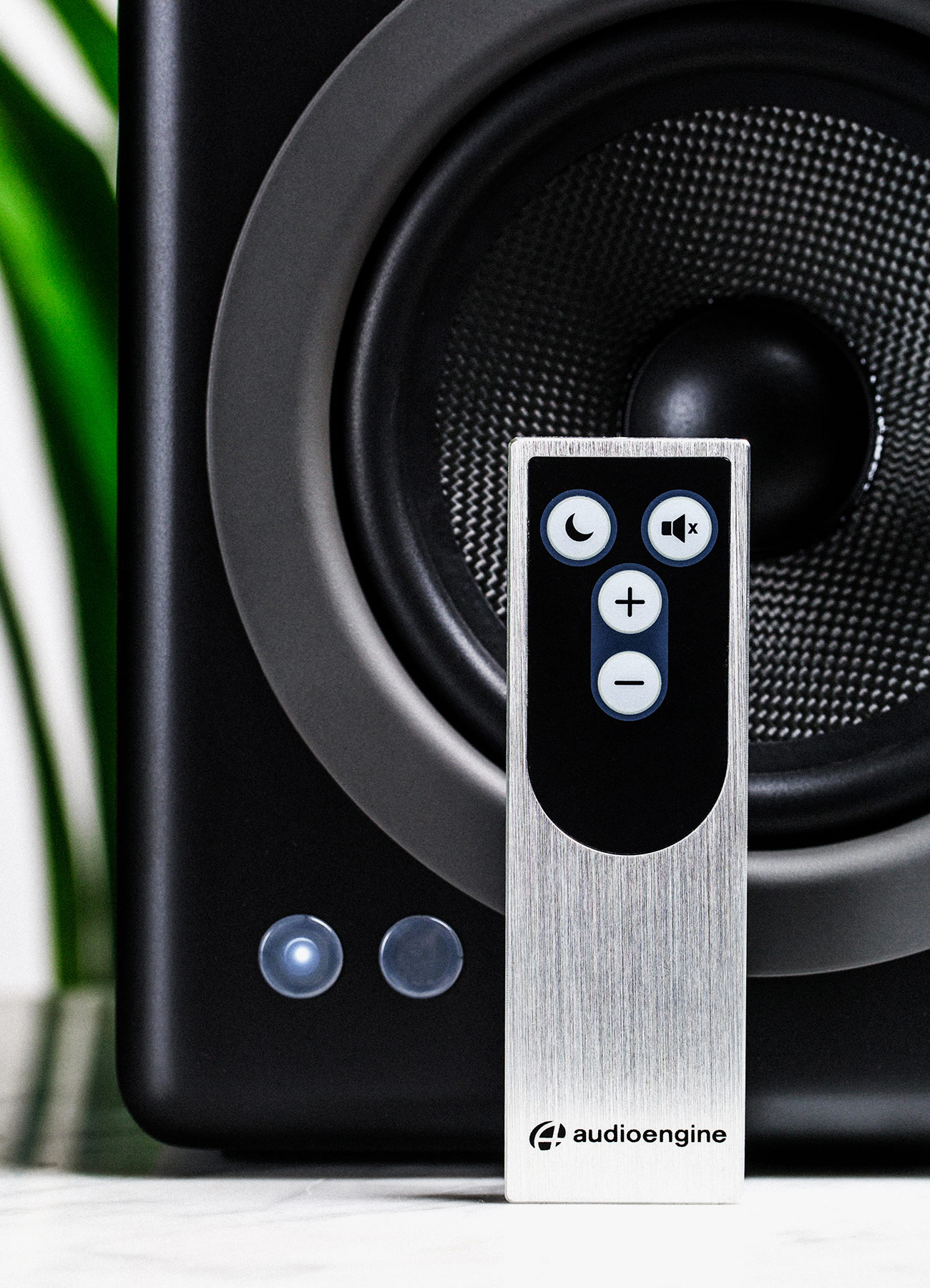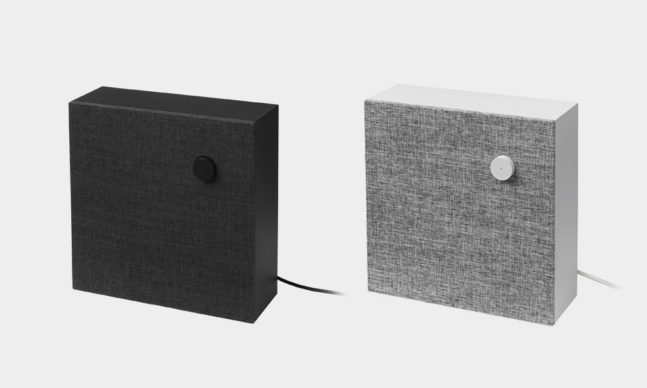Y
ou’ve got the bike, the helmet, the scarf, the gloves, and even the leather jacket. Aren’t you forgetting something, amigo? Music, that’s what! Every great journey on the back of two-wheels should be accompanied by music. Whether it’s rock, hip-hop or anything in-between, it doesn’t matter. In order to hear it right, motorcycle handlebar speakers offer the best possible way for motorcyclists to listen.
Music and motorcycling have a long history together. Many great songs have been written about motorcycles. Bat Out of Hell by Meatloaf, Born to Be Wild by Steppenwolf alone prove our point.
There’s a lot that makes a journey great, especially on the back of a two-wheeler. However, without music, is the experience really as good as it could be? We don’t think so.
You need music to soundtrack your movement. It can make those dramatic turns in the road and the reaching of maximum speed all the more exhilarating. How do you go about combining both bikes and music? Dr. Seuss once said that the questions are complicated, but the answers are simple. That tracks here just as well.
Simply buy yourself some motorcycle handlebar speakers.
However, there are thousands of different motorcycle handlebar speakers out there. Trust us, we’ve looked. You need to think carefully and research carefully before buying. That’s where we come in.
The team at Men’s Gear have worked hard to produce this guide to motorcycle handlebar speakers so that you get the best value for your money. We’re going to count down our pick of the best 8 around. Before we do that, however, there are FAQs we need to address.
What must one Consider when Buying Motorcycle Handlebar Speakers?
Buying motorcycle handlebar speakers without doing research first is simply irresponsible. We don’t want you to make a bad choice, so we’re here to help.
If you want a more freeing music listening experience, then going with handlebar speakers makes all the sense in the world to us. The offer a far better listening experience and standard earbuds ever could.
The next thing you really need to think about is how you want to connect them. Unfortunately, there are not many options in this department. You essentially have two choices. You can pair a speaker or set of speakers with a Bluetooth receiver to a Bluetooth-enabled music player.
However, you can also sync to a portable device such as your smartphone or tablet.
This option allows you to be free of wires, but you can still go down the wire route too. You’d simply use your 3.5mm Auxilary Jack normally. Sound quality isn’t usually determined by the connection but the sound and experience you prefer are what matters in this decision.
Regarding sound quality, you don’t want to spend all that money buying then setting up your new motorcycle handlebar speakers only for your engine to be louder than they are. The sound level is just as important, so be sure to check the sound of your normal to loudest engine roar first, well before buying.
A $16 Decibel Meter can test this very well.
All of this is in addition to the style of the speakers too. As you’d like to find ones that match your bike. We don’t advise yellow speakers with red bikes. You’re not Hulk Hogan at in 1988.
How Do Motorcycle Handlebar Speakers Even Work?
That is another very good question and one with a surprisingly very easy answer. The last thing you want is a complicated installation process. You want to hit the road with a soundtrack to your journeys and adventures right away.
It’s understandable that you’d be worried that there’ll be lots of wiring and complicated tinkering involved. However, regardless of whether it’s a Triumph or Harley, the set up to these speakers is very easy. Particularly if you invest in a Bluetooth set.
Clearly, before you can actually start blasting out your journey with a soundtrack of Led Zeppelin and Deep Purple, you need to attach your speakers to your bike.
Manufacturers have made this very simple, and even offer mounting hardware for the speakers to set them up properly. Mounting hardware may sound like an intimidating phrasing, but it’s mostly simple clamps that slot on to your handlebars. They can be adjusted appropriately until they are secure.
The wiring set-up for those types can be more complicated because… well, it involves wiring. While Bluetooth is probably your best bet if you want an uncomplicated life. You simply need to pair your chosen music player or portable device. That could be anything from your iPhone to your Tablet. It’s as simple as that.
Are Some Motorcycles More Suitable for These Types of Speakers Than Others?
The trouble is with this question is there’s no real right or wrong answer. Often, it depends on two things really – the style of handlebars you have and if you have a specific set of speakers. Generally speaking, most manufacturers who make these speakers ensure they have the maximum level of compatibility.
This means that most speakers will fit and work with most motorcycles.
While rare, there are some speakers that need additional accessories to make them fit on specific bike brands. For instance, in our guide, you’ll find one speaker in particular that isn’t suitable right off for installation on Yamaha motorcycles.
A customer actually spoke to Yamaha about the ordeal about the bike and new speakers. Yamaha then happily sent out the additional piece needed to install the speakers. Presto, music then played perfectly on the bike.
We always recommend that you look at the specification and finer details closely. Most motorcycle handlebar speakers will include information about what bikes they are compatible with, while most have universal mounting hardware. Meaning they’ll fit most motorcycles.
Again, it is always worth looking at the size of the clamps and mounting rigs used. This is to see if they match with the thickness and size of your handlebars. There’s also the fact that some are bigger than others. Therefore, you’d need to give some careful consideration as to whether the speakers would get in the way or make riding less safe.
Being in the wrong place could lead to bad sound quality, or worse, a wreck. We do not want either to occur.
We hope with the reviews we’ve put together of our favorite motorcycle handlebar speakers that you’ll be able to find one that fits on your motorcycle with ease.
Which of these Handlebar Speakers Below are Most Suitable for a Harley Davidson?
If we had a Harley, we’d certainly have a handlebar sound system hooked up and we’d be off on the road. As we’ve established, the majority of motorcycle handlebar speakers have universal mounting hardware. You’ll generally find that most can be fitted to most bikes.
Like maple syrup and pancakes, there’s also some handlebar speakers that are better for combining with a Harley than others.
Take the Lexin S3 3-Inch Waterproof Motorcycle Audio System as an example. In the manufacturer’s spec for this speaker, Harley Davidson motorcycles are specifically mentioned as being compatible. More specifically, the Harley Davidson Street, Sportster, and Softtail motorcycle models.
We’d also recommend the Scosche BoomBars Portable Bluetooth Speaker with Bike Mount. It already looks intimidating and impressive, so why not pair it with one of the most intimidating and iconic bike brands on the planet?
Another to try on a Harley is the Golden Hawk 300-Watt Full Range Stereo Speakers. It makes perfect sense to us that this would be a good match for a Harley too.
Also, make note that the Kicker 3-inch Weatherproof Enclosed Mini Speaker System would be a good set to use with a Harley. Mainly due to its size, we feel it would look great and fit extremely well. If you’re looking for the truly best match for your Harley, the three we’ve noted would be ideal.
However, you’ll find that any of the speakers below will fit well enough. The only issue will be the sound level and quality, which is still often fine. Often times, this is a preference thing. Despite that, the ones mentioned above are likely the best for Harley Davidson models.
What Motorcycle Handlebar Speakers are the Loudest?
Loudness and sound quality are always vital aspects you need to take into consideration when buying sound systems. You probably have no intention of waking up the dead by booming Metallica or Guns ‘n’ Roses at full blast. That said though, you still want to hear the music as it was intended.
There’s no point in having a speaker if you can’t hear Tool’s prog rock and metal soundscapes. That‘s even without being on the back of a roaring beast of a bike. Why have speakers you cannot hear anything out of, right?
Another consideration you need to be concerned with is the wattage any of the motorcycle handlebar speakers have. As a general rule of thumb, the higher the wattage a speaker has, the louder the sound will be.
Applying that rule to the products in our guide, there are many that stand out. To start with, MTX Universal 6 Speaker All-Weather Handlebar Sound System has 150-watts of power in total, which is quite powerful.
The Golden Hawk 300-Watt Full Range Stereo Speakers set we mentioned before, but it’s that good. It provides 300-watts of power, obviously. There are some discrepancies with the experience customers had, however. That power rating is amazing even still.
The highest by far on our list is the BOSS Audio Systems Bluetooth Weatherproof Sound System and the Sound Storm Weatherproof Sound System. Both of which come in at 600-watts. It’s worth remembering that there’s more to think about than just the wattage. We feel we’ll certainly show you some speakers you’ll want right away.
Now that we’ve covered the big questions about these useful accessories, it’s time to look at our top picks for motorcycle handlebar speakers. Check it out!
1) BOSS Audio Systems Bluetooth Weatherproof Sound System

You want to feel like the boss on the road, don’t you? That’s why you want to make a lasting impression and entrance wherever you roll up. Even if it’s for less arrogant reasons, there’s no shame in wanting to look cool. The first on our list of motorcycle handlebar speakers is this awesome set from BOSS Audio Systems that’ll help you stand out fast.
The BOSS MCBK420B offers the kinda versatility you want from a portable sound system. You can either pair it with a Bluetooth-enabled device, such as your smartphone and tablet or connect it via the 3.5mm Aux. It consists of two 3-inch speakers with a smart black finish that can be adjusted by one inline control.
Some days you just want to say ‘to hell with it’ and head out on the highway looking for adventure. Regardless of whatever comes your way. Yes, that was a very deliberate reference, you wild man.
With this BOSS set, all you need to do is fire up the engine. Well, once you’ve set up the speakers of course. Then blast those tunes as you ride around town or along those mountain ridges and country roads. To say this is a deceptively beefy sound system would be an understatement.
After all, the built-in amplifier can produce a maximum of 600-watt. Definitely, one to consider.
Check Product Price // Read More Reviews
CHECK PRICE READ REVIEWS
2) MTX Universal 6 Speaker All-Weather Handlebar Sound System

Why not have something a bit more substantial than just one speaker? With the MTX Universal all-in-one 6 speaker sound system, that’s what you get. This is one system that’s really made for all you rockers out there. Even if you want to blast some high-velocity EDM, we’re sure this will do the trick and we certainly won’t judge you for that.
Six speakers come in this set and are divided up into four 1-inch high-frequency tweeters and two 2-inches by 3-inches full range drivers. That might sound like a lot to fit onto even the most spacious handlebars, but don’t worry.
Remember, it’s an all-in-one unit.
The speakers are all connected up to a powered amplifier that provides the power needed for you to enjoy some Five Finger Death Punch or The Foo Fighters. In a similar fashion to the above speaker, this set includes an onboard Bluetooth receiver. This will allow you to stream your favorite music from a portable device, such as a tablet or smartphone.
Like most people in any vehicle, you’re bound to get caught in the rain at some point. When that happens, the MTX MUDHSB-B is protected from all elements. Electronic devices protected from the elements, especially rain? You had our curiosity MTX, but now you have our attention.
Check Product Price // Read More Reviews
CHECK PRICE READ REVIEWS
3) JBL Cruise Bluetooth Handlebar Speaker Kit

Slick and compact, the JBL Cruise Bluetooth Handlebar Speaker Kit is a terrific model that any motorcycle enthusiast would love. It offers a great solution for listening to your music while roaring along the freeway or those country roads, catching the wind in your hair and helmet.
These motorcycle handlebar speakers come with a pair of 2.5-inch mount-capable speakers. JBL is a very well-known and reputable brand when it comes to loudspeakers and other sound systems. They’re a leader in the sound industry but they make multiple other electronics as well.
Their experience really shows with their attention to detail in the design and construction of these cool speakers. The mirror integration mounting is an awesome touch alone. Although there are some bikes you’ll find it’s harder to install them onto, a quick message to the company and they’ll help you out.
There’s no denying it’s a truly magical experience riding along on a hot summer’s day, but the weather won’t stop you roaring along. That said, why should it stop you soundtracking your journeys? The IPX5 model is waterproof rated, which basically means it will cope with low pressure and a sustained jet spray of water.
You can connect your portable device, whether it’s a tablet, smartphone or other devices via the onboard Bluetooth receiver. This is handy for listening to tunes with portable ease. You can also benefit from moderate, but reasonable enough sound quality 20-watt speakers.
Check Product Price // Read More Reviews
CHECK PRICE READ REVIEWS
4) Lexin S3 3-Inch Waterproof Motorcycle Audio System

You know what your bike really needs, dude? A set of bullet-shaped speakers, that’s what. Not only are they strikingly shaped, but they’re made from chrome-plated metal. They’re available in a shiny black or chrome color and have an incredibly cool finish.
Each of the speakers in this Lexin S3 audio system is 3-inches in size and capable of producing 25-watts of sound. Installation of these speakers is as easy as warm apple pie. Simply pair the speakers with your chosen Bluetooth-enabled device or plug it into the appropriate Aux port and you’re good to go.
Ready to listen to a bit of Boney M and Rick Astley, while thundering along at 50mph? You’ll be all set to do so within minutes.
As is the case with most on our list, the Lexin S3 motorcycle audio system is waterproof and will function properly in inclement weather. Whether you’re more of a punk rocker, heavy metaller, or old school rocker, then Lexin will not let you down. Even when Mother Nature seems to have it in for you.
The high quality of sound produced by these motorcycle handlebar speakers is tremendous. Plus, it’s easy to mount, and it comes in at a price of less than $70. That makes this a model we’d be happy to get and it’s clearly a very good deal.
Check Product Price // Read More Reviews
CHECK PRICE READ REVIEWS
5) Scosche BoomBars Portable Bluetooth Speaker with Bike Mount

The Scosche BoomBars Portable Bluetooth handlebar speaker is simply incredible. This speaker is awesome for a variety of different reasons. For one thing, it operates completely wirelessly and connects up with your portable devices. It doesn’t matter if it’s your smartphone, tablet, or music player, it all connects via Bluetooth.
This gives you completely hands-free playback. Just what you need when you’re riding along on your bike.
These motorcycle handlebar speakers can mount onto your handlebar directly using the clamp it comes with. Meaning no complicated set-up.
It doesn’t need to have the batteries replaced regularly like other systems. It’s powered by a rechargeable battery that gives you around 5 hours of music. Take a moment to just look at this thing. If you want something that’ll make your bike look more extra badass than it already does, adding this will do just that.
It’s big, looks impressive, and works very well. However, it’s more than just a beautiful thing on the outside, your favorite tunes and radio are blasted out from the 35mm 2-W up-firing speaker. The speaker itself sends your tunes in different directions. However, the mount can be rotated to enable you to position the speaker in whatever direction you want.
Don’t have a Bluetooth-enabled device or just prefer to connect to an actual wire? You can connect your portable device with the use of an AUX 3.5mm cable.
Check Product Price // Read More Reviews
CHECK PRICE READ REVIEWS
6) Golden Hawk 300-Watt Full Range Stereo Speakers

Do you sometimes feel like an eagle or a hawk soaring through the sky as you’re racing along the freeway or taking those quick trips along inner-city roads? The perfect companion for a true hawk of the open road is the Golden Hawk 300-wall full range stereo speakers.
Gaze in wonder at just how shiny the finish is on them. They actually resemble motorcycle helmets, with their aerodynamic design. With a rating of IP56 for waterproofing, they’re made to cope with serious rainfall. Especially on those days when you won’t let a good soaking stop you hitting the road.
Come rain or shine, you’ll be able to blast Speed King, Born to Be Wild or Toto’s sublime AOR classic Africa. You can’t go wrong with a bit of Toto, can you? Whether you want to leave it to the local radio DJ to choose your ride soundtrack or you want to choose your own incidental music, with the Golden Hawk you can.
They offer a fully functioning wired connectivity via the 3.5mm AUX port. However, you can ‘get with the times, grandpa’ and use the Bluetooth wireless streaming option. Simply pair the device of your choice with the speakers and you’re good to go.
Check Product Price // Read More Reviews
CHECK PRICE READ REVIEWS
7) Sound Storm Weatherproof Sound System

A motorcycle gives you the freedom to go wherever you want, whenever, more or less anyway. With motorcycle handlebar speakers, like the Sound Storm Weatherproof Sound System, you also have the freedom to take your music with you. Motorcycling is very much about the experience rather than being just about getting from A to B.
You can get from A to B with style or not, so why not let Sound Storm give you the cool ride? The addition of a sound system makes it much more exciting and memorable. This is a weatherproof set of two 3-inch speakers that connect to an amplifier with a maximum output of 600-watts.
Like all good modern speakers for your handlebars, you get a choice. The choice of whether to connect your speakers wirelessly to your music playing device or to connect it old-school via the 3.5mm AUX wire. The actual mounting hardware you need is included, as you’d expect. It’s also reasonably easy to set up.
Once it is, you’re ready to benefit from some of the best sound quality of any of the items on our list. Any day, any time, any weather, take this baby out and let it boom out loud and proud. Those tunes you normally have in your ear will breath new life!
Check Product Price // Read More Reviews
CHECK PRICE READ REVIEWS
8) Kicker 3-inch Weatherproof Enclosed Mini Speaker System

Are you ready for love and looking for a sound system to knock you off your feet? Could it be the Kicker 3-inch weatherproof mini speaker system? We certainly think so. These are real stunners in the looks department. A lot of care and attention clearly went into the crafting of them. Was that you, Zeus?
It didn’t stop at just the looks though. As underneath the durable and robust chrome plating, is speakers that can produce reasonably clear and crisp sound. This comes in loud enough for most any riding situation.
As you’d expect, they come complete with the appropriate mounting hardware that is easy enough to use. To top it off, they can even be connected via Bluetooth. That makes it easy to start playing your favorite music through them right away.
Picture the scene – you’re roaring through the streets of L.A. or Miami and blasting some RTJ, Avenged Sevenfold. Perhaps something more traditional like Led Zep’s Immigrant Song or Black Sabbath’s Paranoid.
Even if you’re more of a Know Your Enemy by Green Day kinda guy, when you combine riding your motorcycle with the music you love, it’s an unbeatable mixture.
Check Product Price // Read More Reviews
CHECK PRICE READ REVIEWS
Rev Up Your Engine and Crank the Sound Up
There you have it, gentlemen, we’ve reached an endpoint to our motorcycle handlebar speakers review. This has been a real joy to put together. Are you ready to order one of those beauties listed above, strap them to your bike, and roll out?
Even the guys at Men’s Gear without motorcycles wished they had them so they had an excuse to invest in a set of speakers for the handlebars.
If you were on the fence about motorcycle handlebar speakers before reading this piece, we hope we’ve managed to convince you that they’re a worthy investment when chosen wisely. To that end, we also hope we’ve given you all the information you need to make the right choices when buying these speakers for your cool set of wheels.
There are so many different products to choose from, believe us, we know. That’s why we whittled away at a much larger list until we found “the perfect 8.”
Maybe you didn’t need much convincing and were all but ready to buy a set of handlebar speakers for your Indian, Triumph, Yamaha, or even Harley Davidson. Hopefully, we’ve helped you avoid any major mistakes you may have made without the tips and advice from Men’s Gear.
We want to empower our readers to make the best buying decisions possible.
There’s not much left to do, except wish you all well on your next adventures. Once to begin playing your music on your new motorcycle handlebar speakers, we’re sure you’ll create even more lasting memories. The open road is yours to enjoy, let your favorite music boom out to everyone you pass. Then, let it fuel that adventurous spirit you’ve always had.










